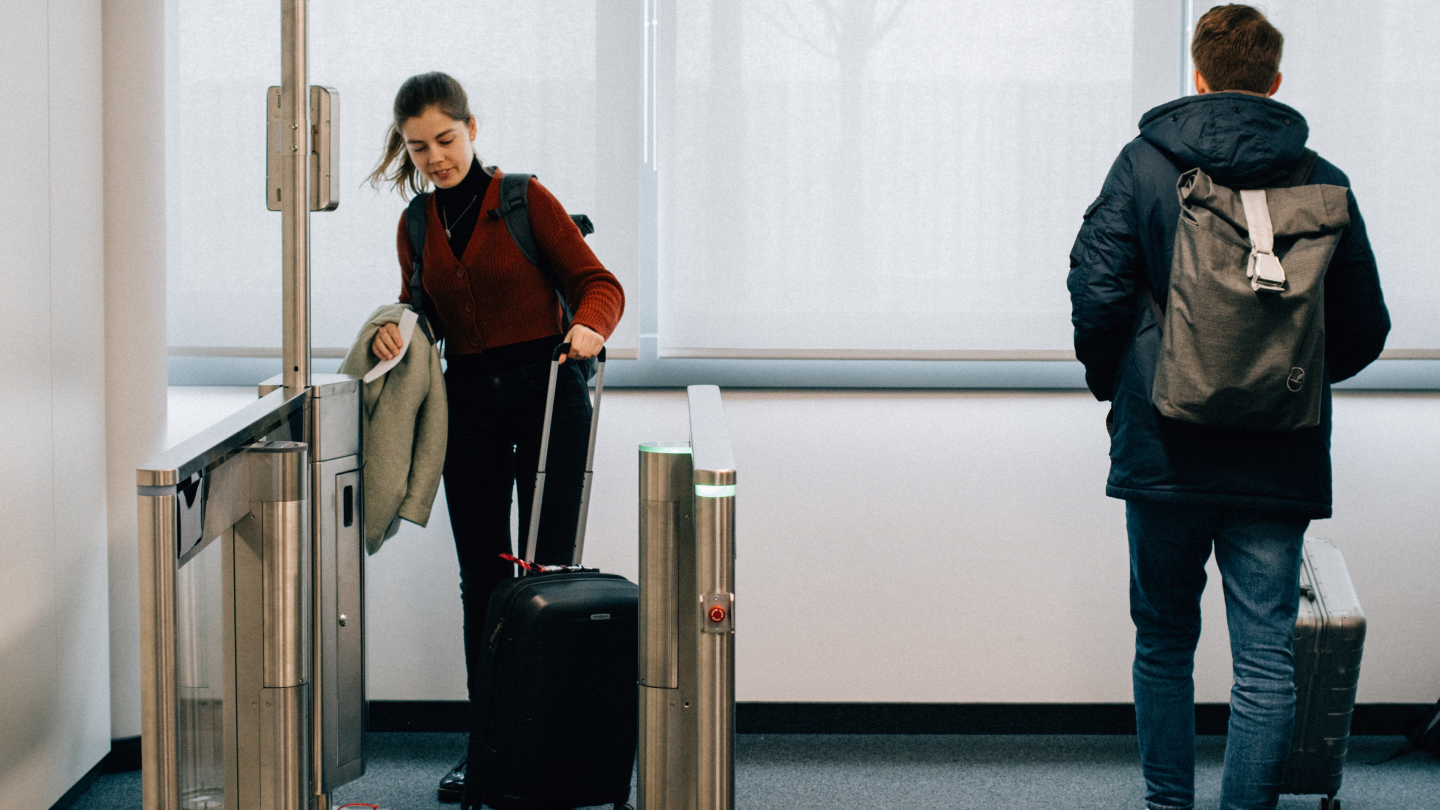The Carry-On Baggage Detection Tool, developed in collaboration with Christian Haude and Amin Riahi from Lufthansa Group, together with a team of colleagues from Lufthansa Industry Solutions, and supported by the Innovation Runway, revolutionizes airport efficiency through computer vision technology. By employing advanced algorithms, this innovative solution categorizes carry-on luggage into types such as trolley bags, personal items, backpacks, and jackets. The primary objectives include:
Detection of Unallowed Bag Sets: Identify instances where passengers exceed the permitted number or types of carry-on bags.
Optimizing Cabin Space: Count and analyze the fill level of cabin storage to prevent overloading before the boarding process is completed.
A smoother boarding process for both passengers and crew indeed follows.
In the fast-paced environment of airports, every traveler knows the frustration of the boarding process. Juggling bags, finding overhead space, and navigating crowded aisles can create unnecessary stress and discomfort for passengers and crew. Manual oversight of carry-on luggage often leads to inefficiencies, last-minute checked bags, and potential flight delays. Moreover, ensuring data protection, privacy, and safety poses technical challenges that our team of experts confronts daily.
The team trusted AI to support us in minimising discomforts: the Carry-On Baggage Detection Tool is a game-changer for airlines. Using sophisticated machine learning models and computer vision, strategically positioned cameras at boarding gates detect and categorize the types of carry-on bags, providing real-time insights to gate agents and crew members.
Should the system detects a potential overload, alerts are sent to gate agents, allowing for proactive measures such as encouraging voluntary gate-checking or rearranging baggage to optimize space. Among all the benefits, passenger count and flow, cost savings, improved crew workflow, reduced carbon footprint, and enhanced passenger experience mark a significant step forward in airport efficiency.
Together, we are reshaping the boarding experience, making it smoother, stress-free, and more enjoyable for all travelers. As airports embrace this innovative solution, we envision a future where boarding delays are a thing of the past, and passengers can embark on their journeys with ease and efficiency.





